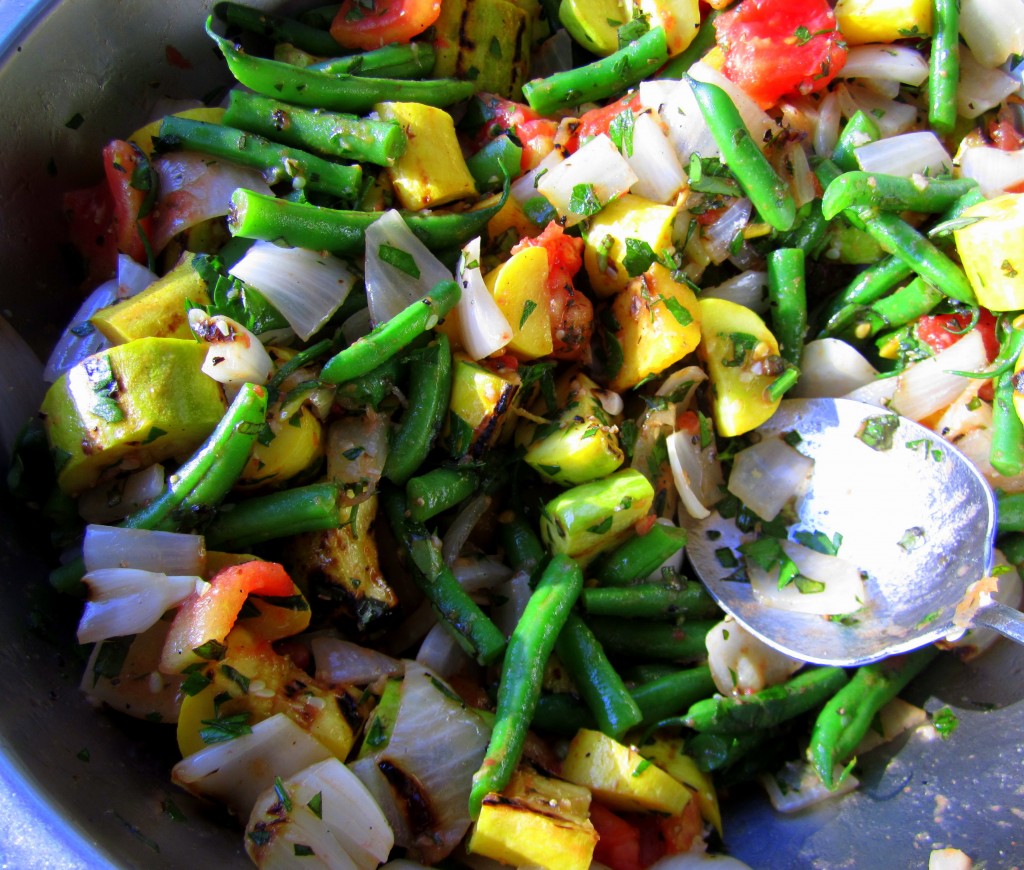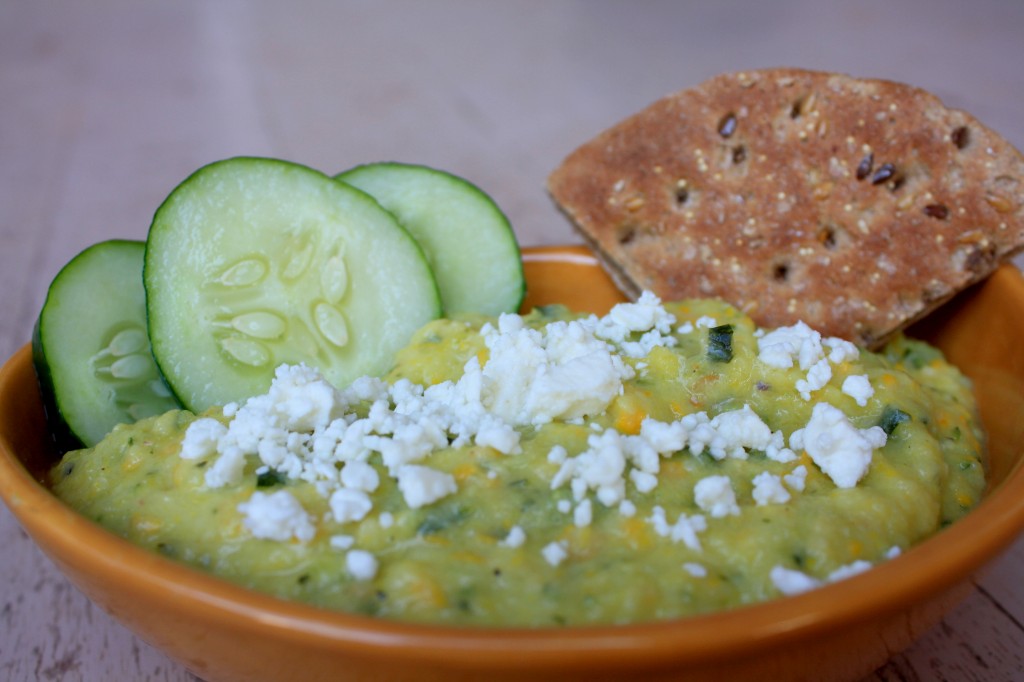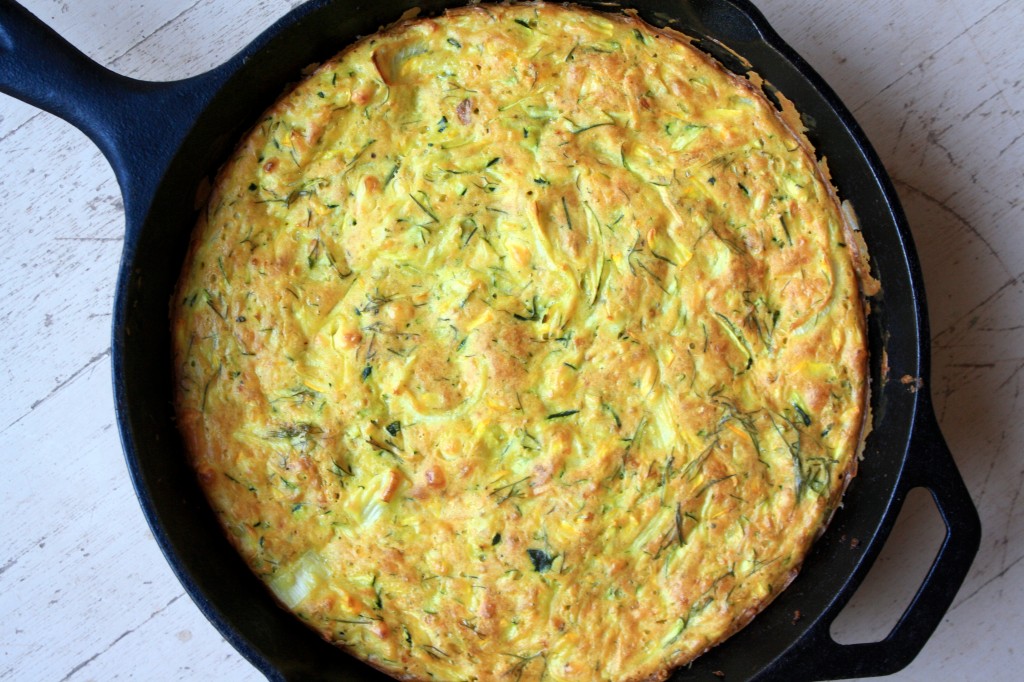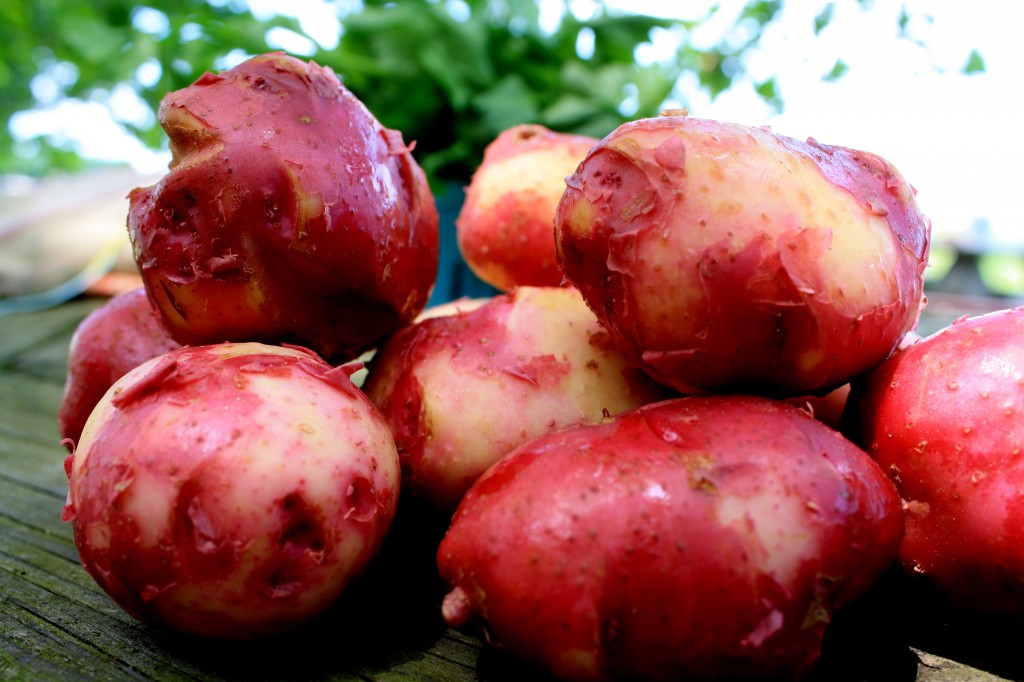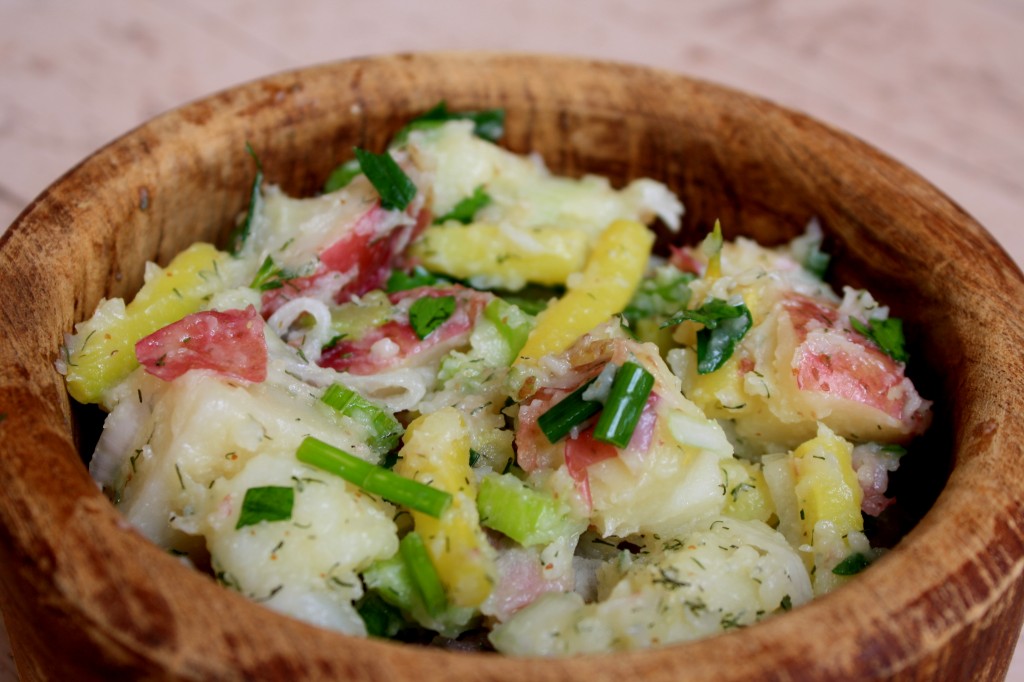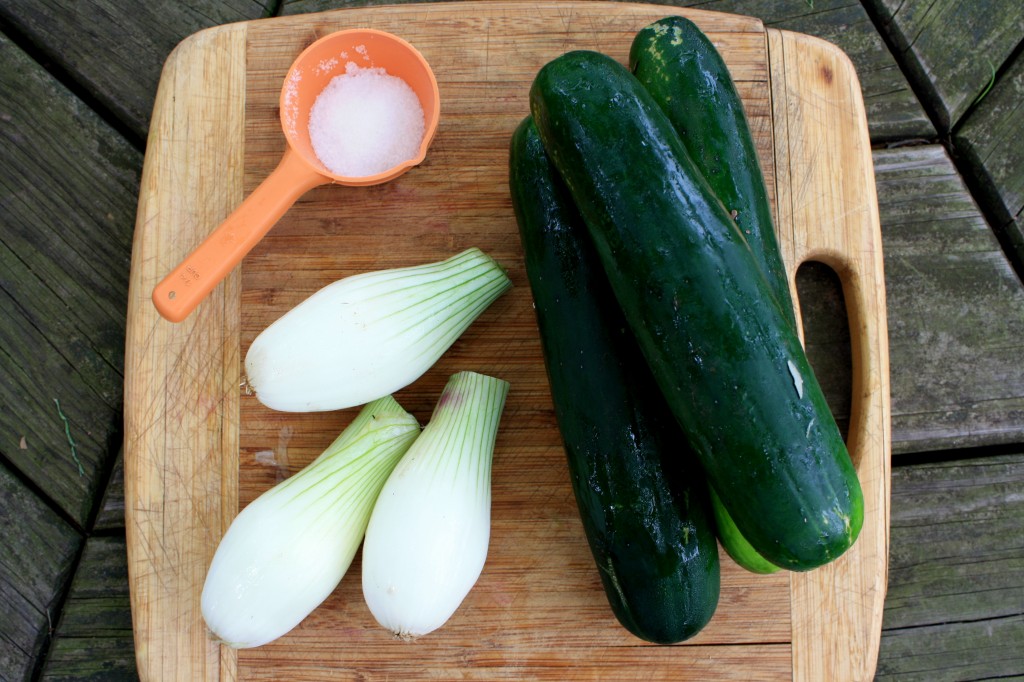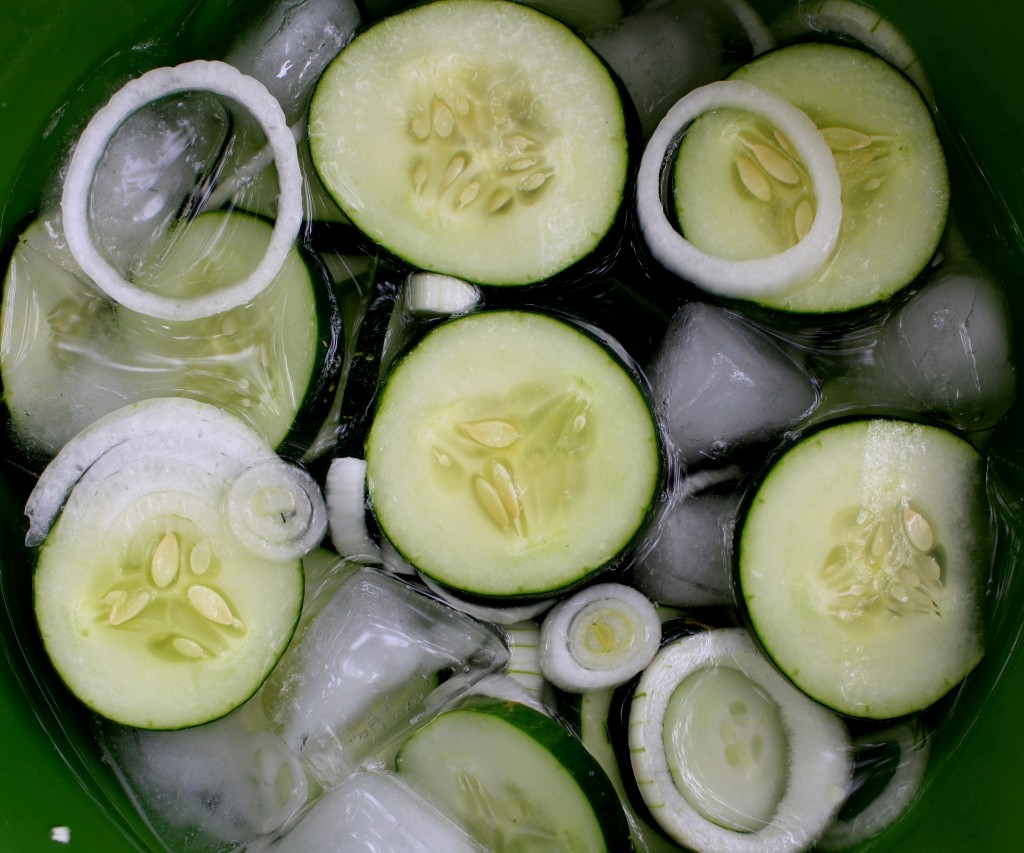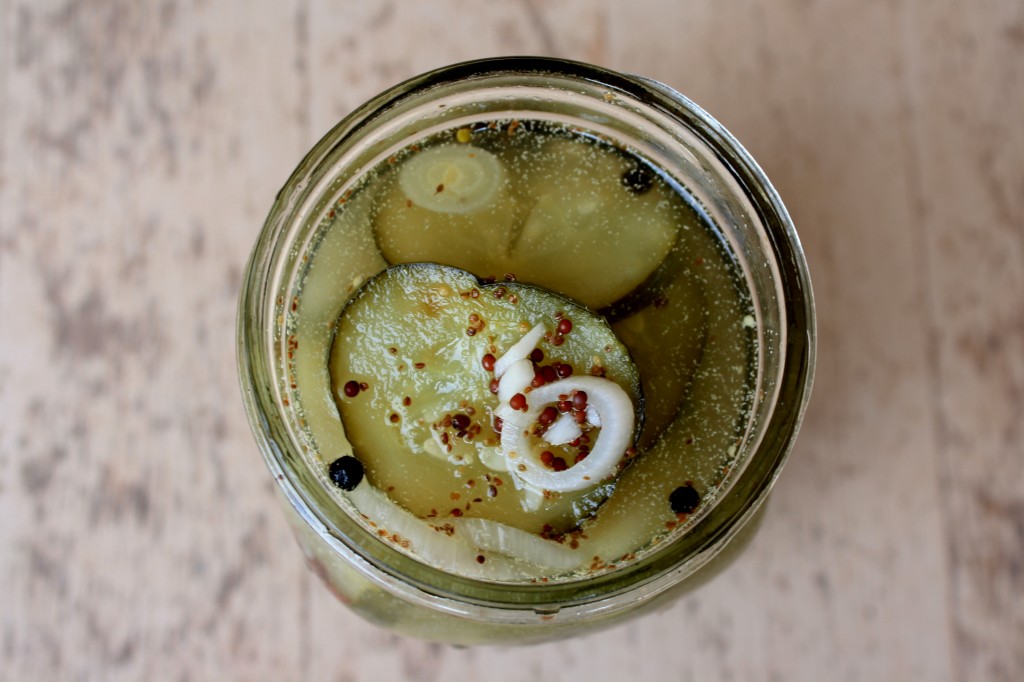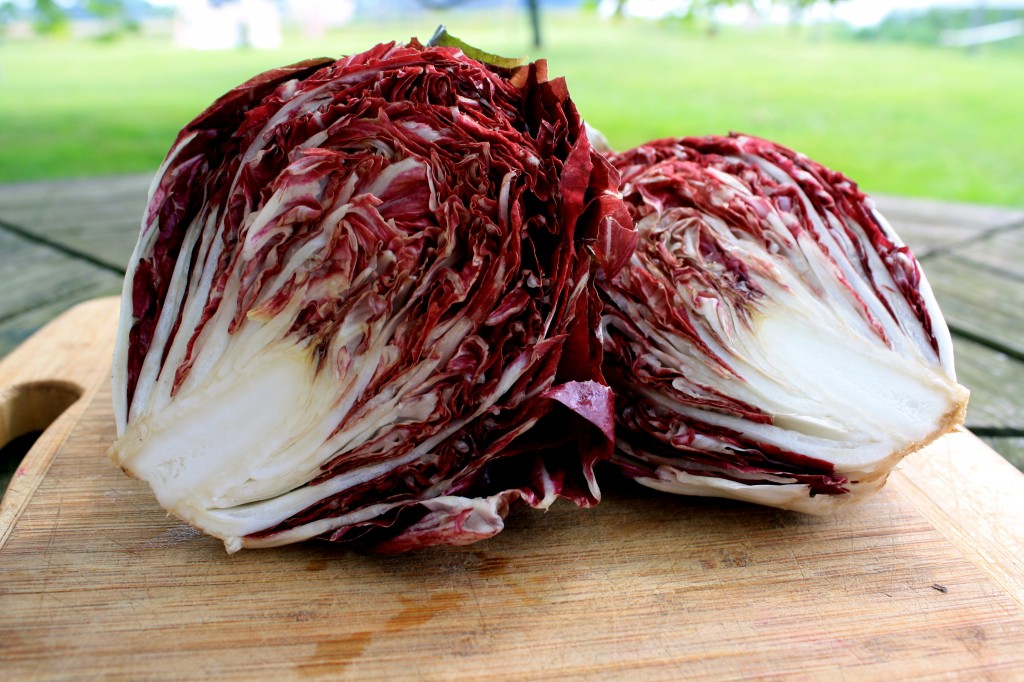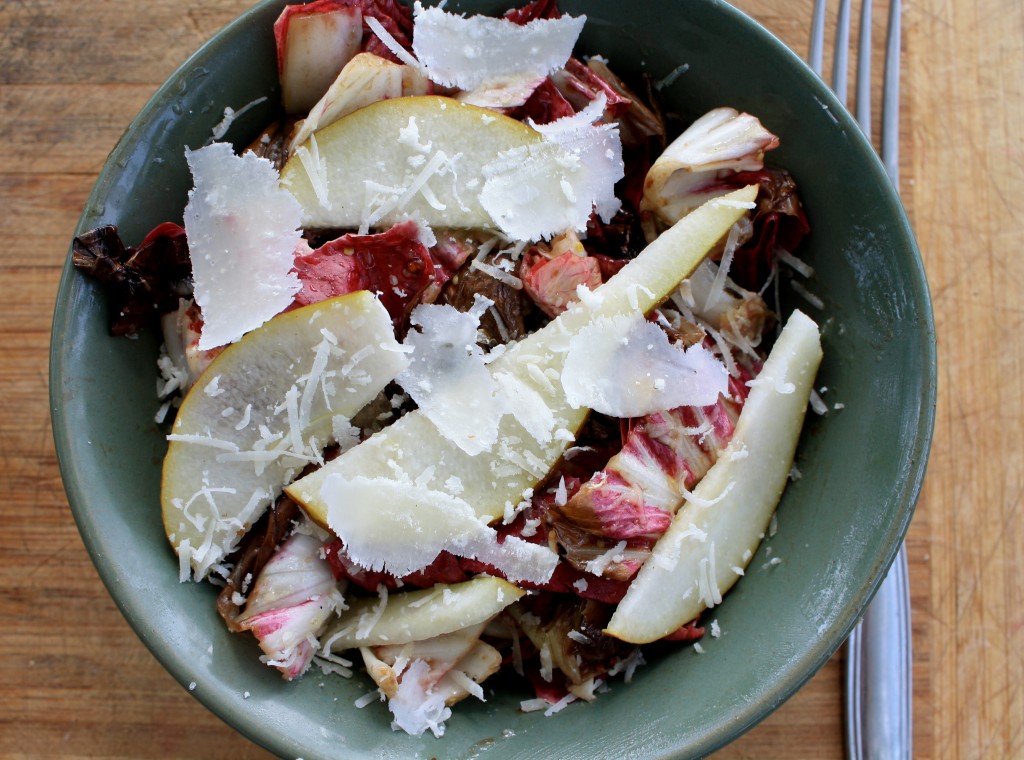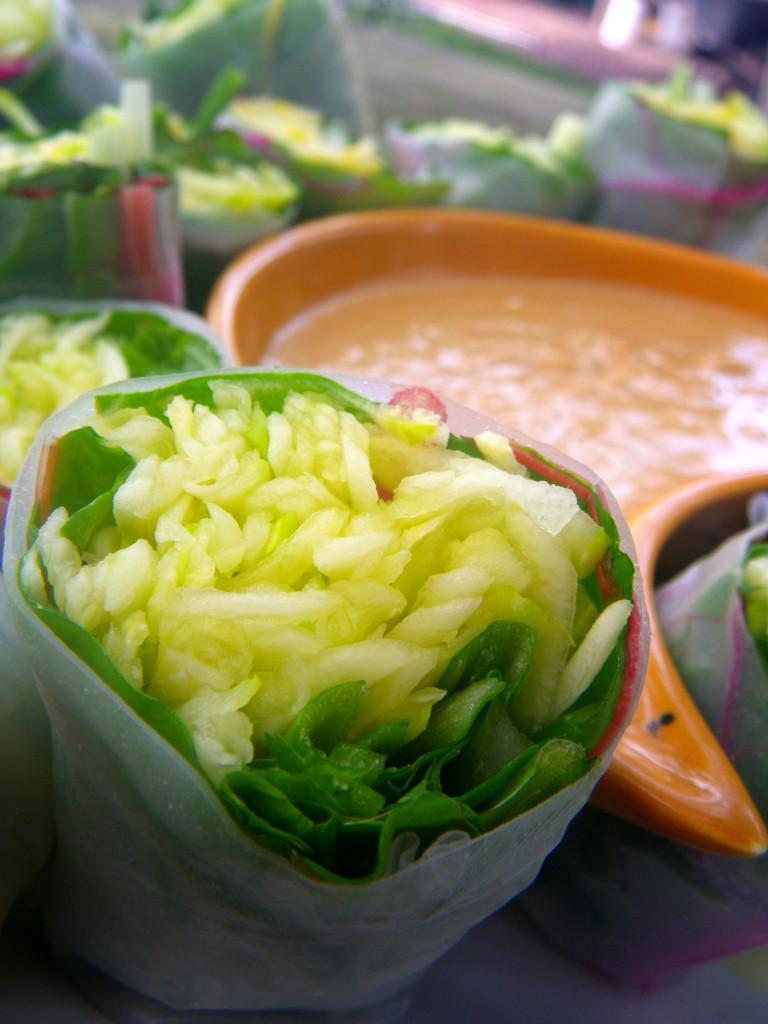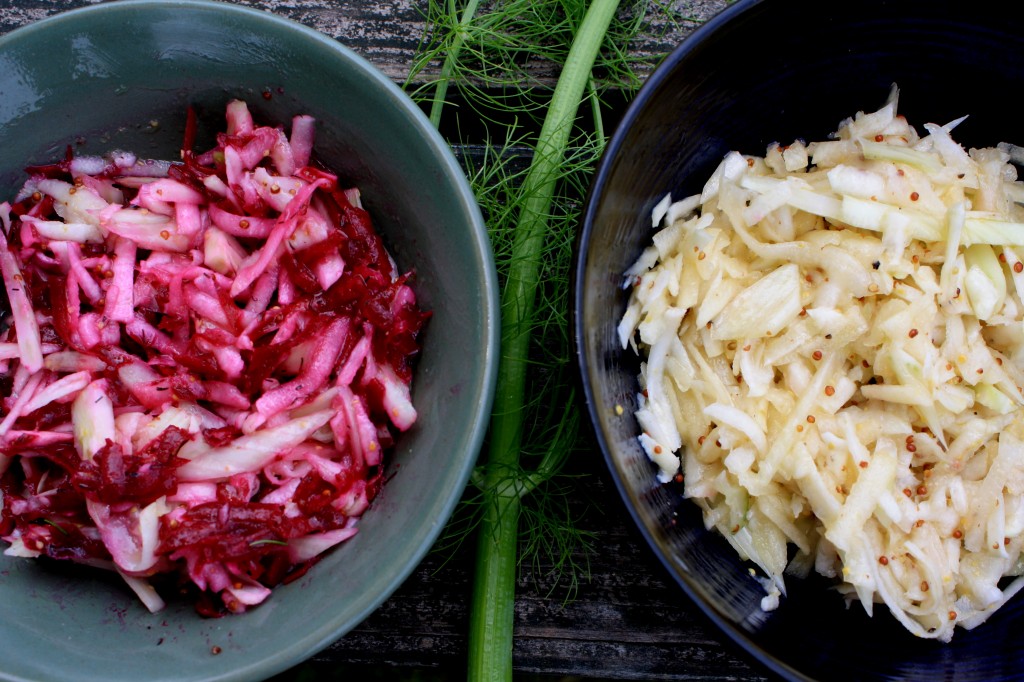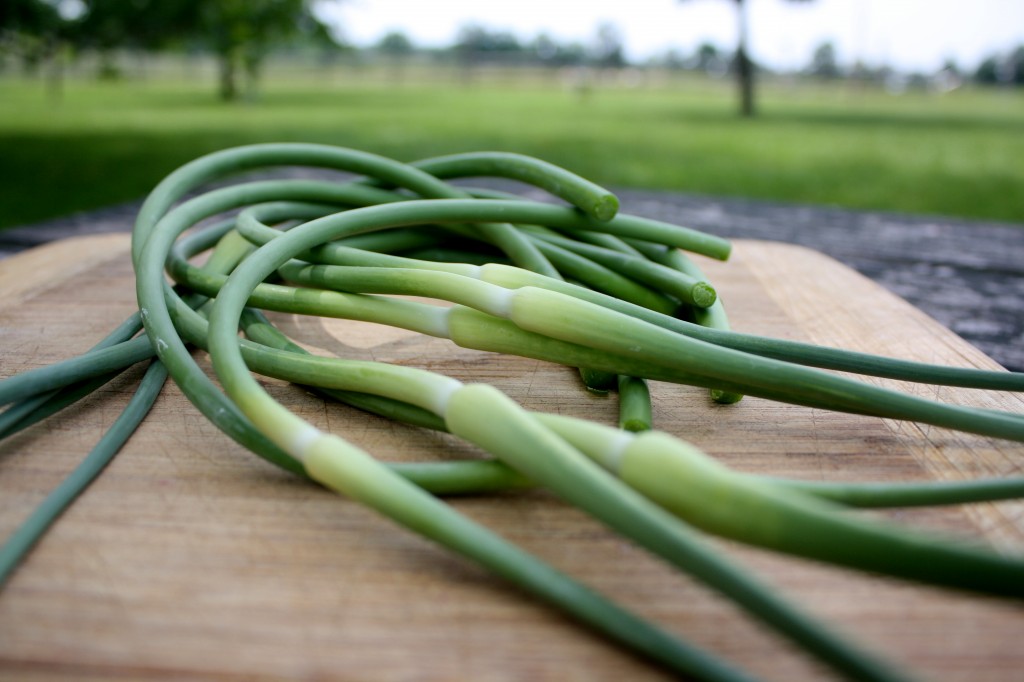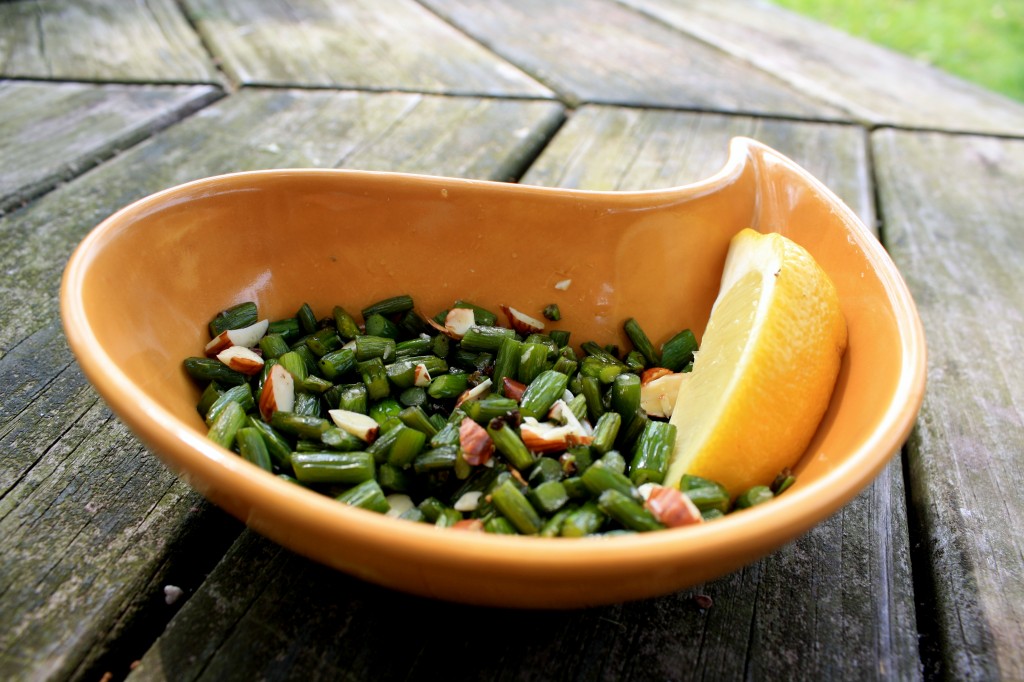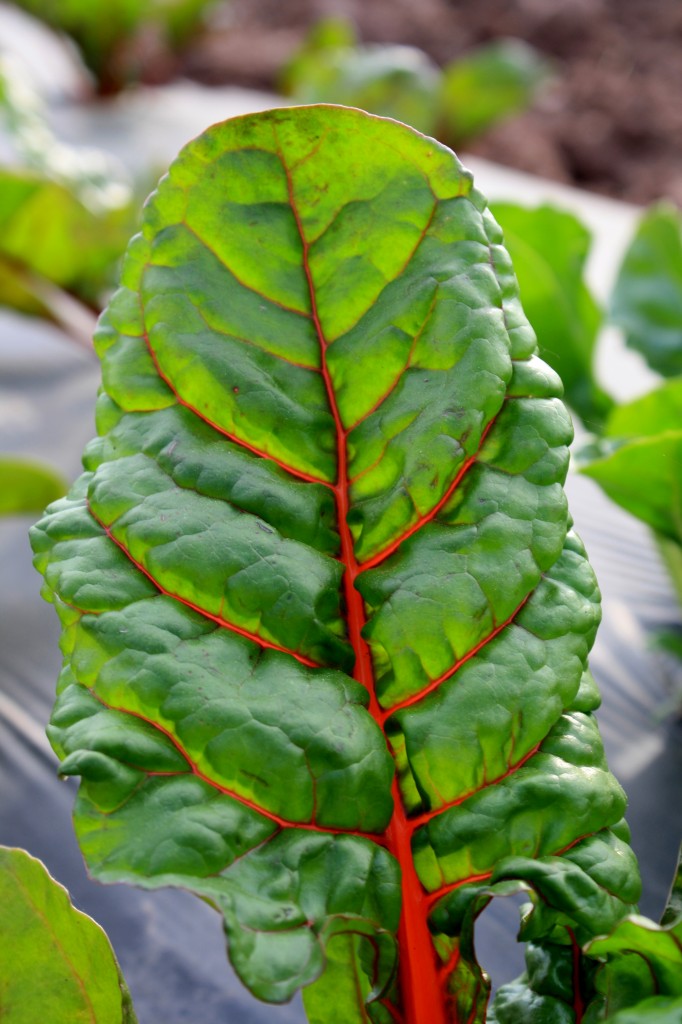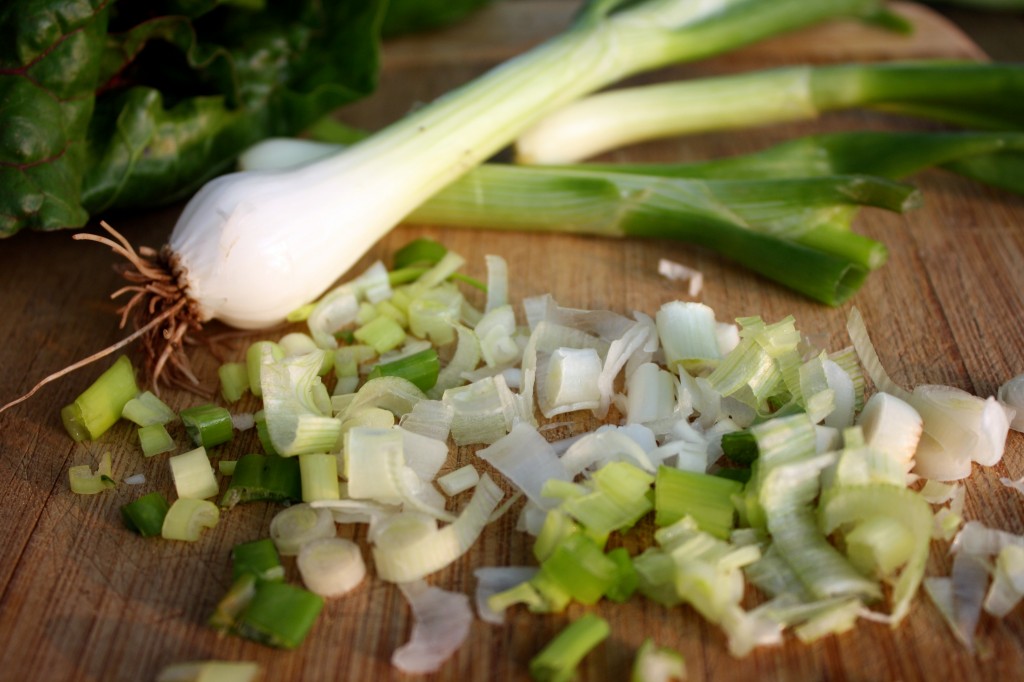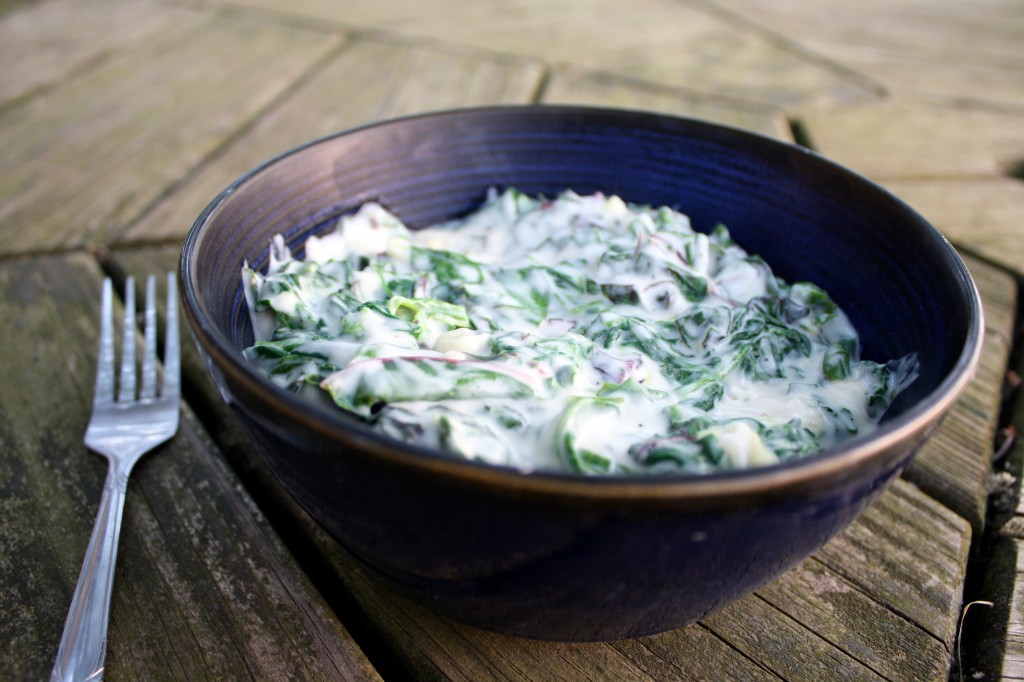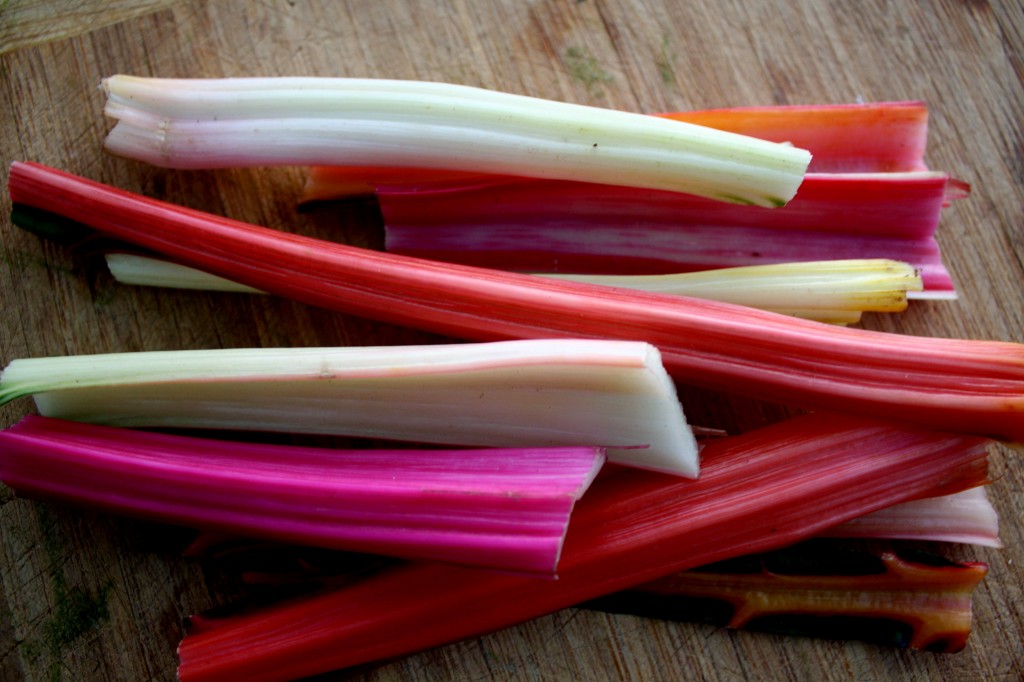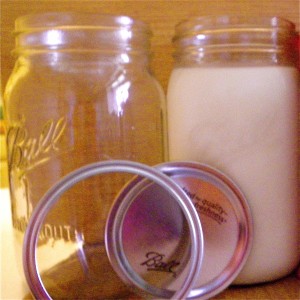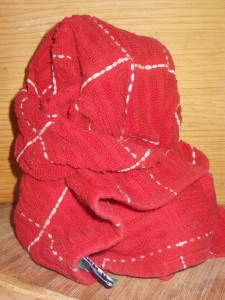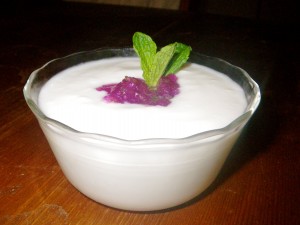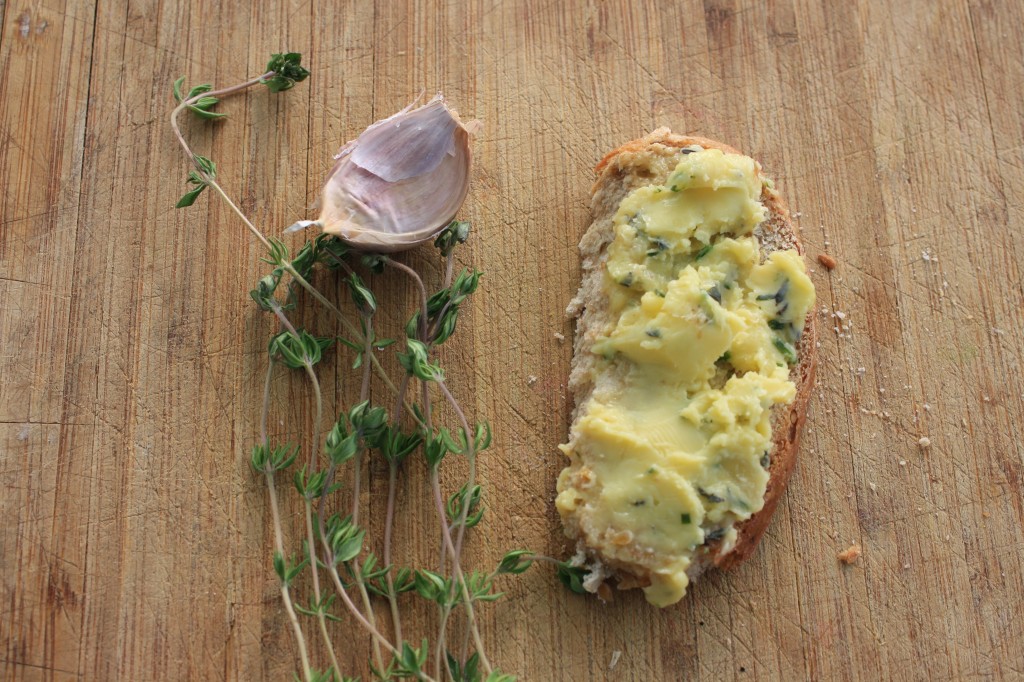14 Jul Chef Rich’s Grilled Vegetable Salad
Chef Rich of Dinner’s Done Personal Chef Service joined us on Tuesday for a demonstration and tasting. Chef Rich has been a regular here at the farm over the years, doing demos during CSA pick-ups, as well as at our festivals. It’s always a pleasure to chat with him, as I seem to learn something new each time. This Tuesday morning he popped over to the farm and picked up some fresh picked veggies and herbs, then after a little prep, returned in the afternoon. As he fired up the grill and hot pad, a steady flow of people were drawn over, enticed by the wonderful aromas coming from his table. He happily shared his take on grilled veggies, which I immediately fell in love with for its surprising hint of tarragon. Of course, with the addition of any combination of fresh herbs, the recipe can be adapted to suit your taste. Or, you can always call Chef Rich, and he’ll turn your CSA share into meals for you!
Grilled Vegetable Salad (adapted from Cook’s Illustrated)
Begin by whisking the following ingredients together in a large bowl:
3 tablespoons white wine vinegar
1 1/2 teaspoons dijon mustard
3 garlic cloves, minced
1/2 teaspoon salt
1/2 teaspoon pepper
Slowly whisk in 6 tablespoons olive oil until thoroughly incorporated. Reserve 2 tablespoons of the dressing.
Next, add your prepped veggies to the marinade:
3 small to medium zucchini or yellow squash, cut in thick slices lengthwise
1 onion, any variety, sliced into 1/2 inch thich rounds. Be sure to keep the onion rounds together in the marinade for ease of grilling later
1-2 tomatoes, cored and cut in half
1/4 pound green beans, blanched and cut into bite-sized pieces (beans can also be grilled on a grill pan, if you have one)
Marinate veggies in the dressing for 15 minutes, tossing occasionally. Meanwhile, get your grill ready.
For a gas grill: turn all the burners to high, cover, and heat grill until hot, about 15 minutes. Then lower the burners to medium-high.
Clean and oil cooking grate, then place the marinated veggies on the grill. Grill the squash and onion (covered if using gas) until charred and tender, 4-6 minutes per side. Grill the tomatoes, cut side-down, on the coolest part of the grill until they start to soften, about 2-3 minutes. Remove veggies (the skin will slip right off the tomatoes) and chop into 1” pieces and toss with reserved dressing, and beans.
Add in your fresh herbs: 2 tablespoons minced basil, 1 tablespoon minced parsley, 1 tablespoon minced tarragon.
Cool for 10 minutes. Season with salt and pepper to taste. Enjoy!
To contact Chef Rich Baringer of Dinner’s Done Personal Chef Service, call 215-804-6438, email: dinnersdonepa@comcast.net
or check out his website: www.MyChefSite.com/DinnersDonePA
Photos and text by Tricia Borneman, Blooming Glen farmer and co-owner.





